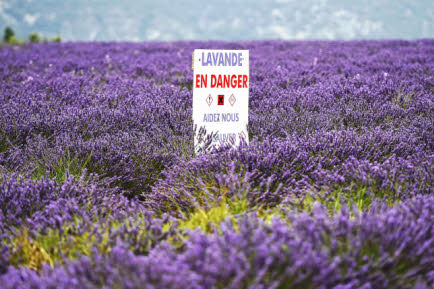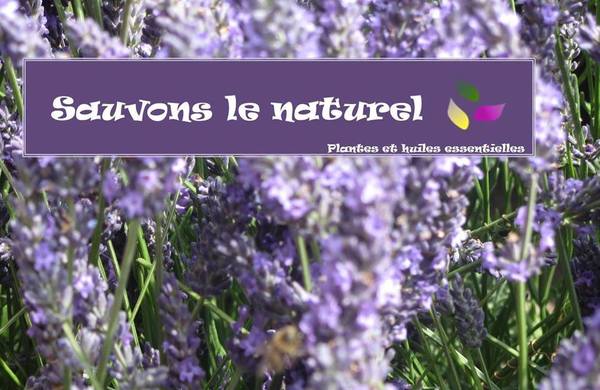When Lavender Becomes a Toxic Chemical {The 5th Sense in the News}
French cultivators of lavender are faced with a two-pronged issue regarding their production these days: there is a damaging bacteria attacking their plants, but there is also the European legislation assimilating lavender to a toxic chemical...
The destructive bacteria is transported by the insect cicadelle which thrives in the heat of the south of France. In 2000 50% of cultivated surfaces of lavender had disappeared under its action. By 2010, the situation had been re-equilibrated while remaining fragile. The "lavandiculteurs" are fearing that 2015 could be a "catastrophic" one for Provençal lavender if the weather remains very dry.
But a new threat for lavender is also coming from the European Union assimilating the plant - which has been in use for centuries and is known for its calming and sanitizing effect - as a toxic product. It contains the molecule Linalol which is on the list of regulated and restricted aromatic ingredients.
The EU REACH initiative has a blanket protocol which requests prohibitively expensive tests be conducted on each molecule examined. When lavender contains about 600, the argument is put forth that natural ingredients cannot be subjected to the same legislation and safety protocoles as synthetic ingredients which contain a unique molecule.
 Packaging now has to bear a warning mention stating "toxic product" which the farmers view as abusive but also detrimental to their trade.
Packaging now has to bear a warning mention stating "toxic product" which the farmers view as abusive but also detrimental to their trade.
They are so concerned about the new legislation that they have set up a Facebook page entitled "La lavande n'est pas un produit chimique" (lavender is not a chemical product). They are also planting billboards in their fields in regions across Provence stating "Lavande en Danger" (Lavender in Danger) and we can understand that to be in danger of becoming extinct after centuries of wellness usage.










